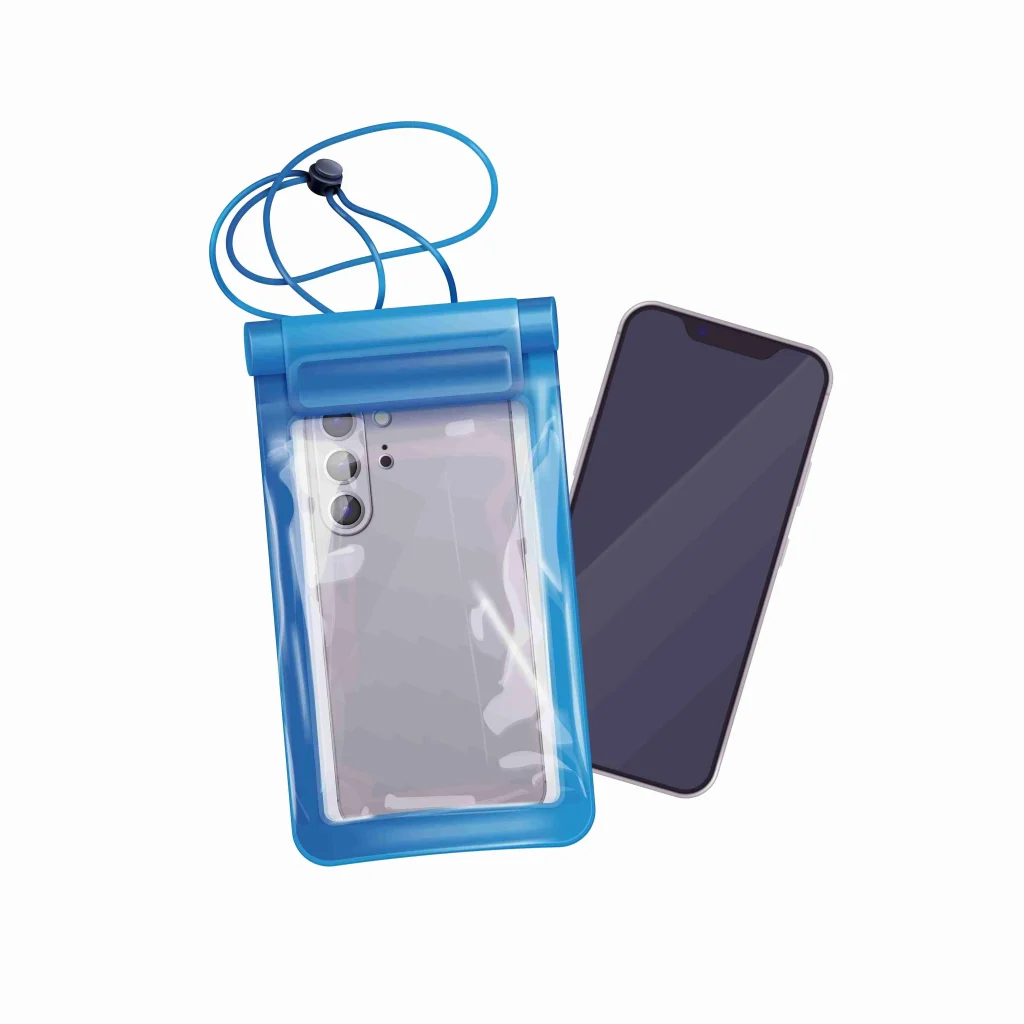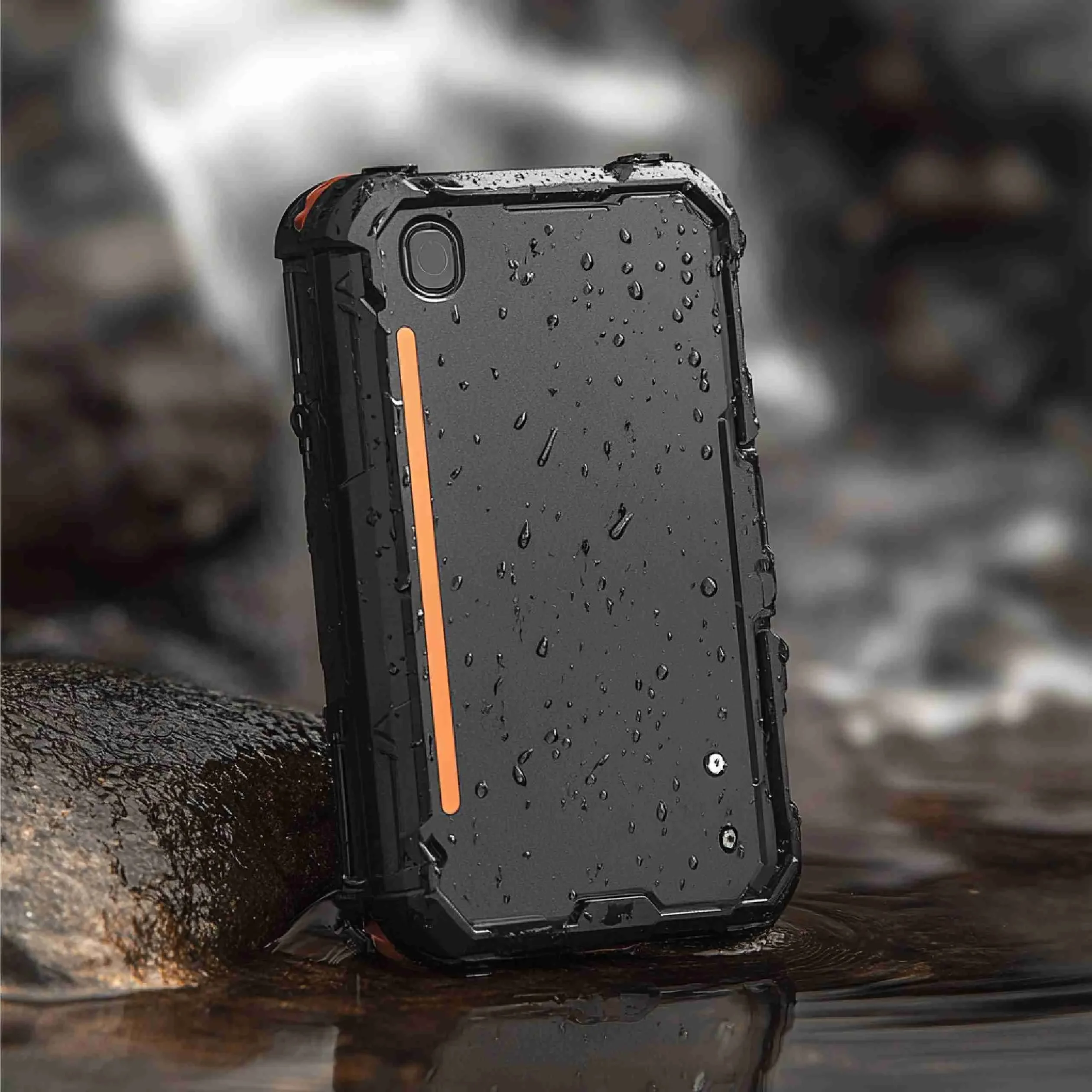Introduction
Adventures out in the open air are exciting and unforgettable. However, they also cause damage to your costly equipment. Cameras are subjected to water, dust, drops, and harsh temperatures. The question raised by many people is whether a waterproof case protective solution suffices in harsh circumstances.
This question is of importance since your camera is a costly preservation of moments. What is really protective about an extreme environment waterproof case? Let us see.
Understanding Waterproof Case Protective Standards
What Does Waterproof Really Mean?
Waterproof case protection isn’t just a word. It has specific ratings. The IPX8 rating implies that the case can work with deep water for a long period of time. There are some instances that operate at a depth of 60 meters. The rating is important in diving or kayaking escapades. Never underwater your equipment unless you are sure it has the official certification.
An actual waterproof case protecting system closes up. It prevents the entry of water even when pressurized. It is not always provided with the level of protection. Low prices may lead to leakages in cases when you least expect them. The depth of water pressure increases, and the sealing becomes very important.
Manufacturers do cases of test in controlled settings. They create conditions that are realistic so as to be reliable. A professional test comprises temperature variation, pressure variation, and impact resistance. These tests ensure that they are the most needed when performance is required.
Materials Matter for Protection
Hard materials create hard protection. ABS plastic is used with transparent PC in good cases. The mixture is impact-resistant and clear. Tempered glass windows do not lose visibility, and they are stronger. The sharp object resistance is dependent on the material thickness.
O-rings create water seals by means of rubber seals. These tiny sections play an important role in preventing the intrusion of moisture. Before sale, quality cases test these seals a number of times. Silicone seals also perform well in low temperatures when compared to rubber.
Another aspect is UV protection. Plastic can be deteriorated by sunlight. Good cases are made of UV-stabilizing materials to avoid yellowing and a brittle nature. This increases the usefulness of the case, particularly in tropical expeditions.
Beyond Water: Other Outdoor Threats
Protection Against Drops and Impacts
Water isn’t the only enemy. Cameras are at risk because of rocks, trees, and accidental drops. A good case should be able to absorb falls. Heavy walls and internal cushions are used to secure the sensitive electronics. Drops of military grade make it reliable.
Cases have survived a 2-meter or more drop. This drop protection supports a waterproof feature. Combined, they form both outdoor safety. The force of impact on the case should be balanced to avoid weak points.
Particularly, corner protection should be taken into account. The majority of drops occur on corners and edges. Corner reinforcements offer additional protection to the usual areas of impact. Foam cushions are also internally grounded to provide extra protection to delicate parts.
Dust and Sand Defense
There are fine particles on beaches and in deserts. These have the ability to ruin camera apparatus. The waterproof case’s protective design also has the ability to block dust. Snug lids do not allow sand to penetrate small holes. Permanent damage can result even when microscopic particles are utilized.
Expansion and contraction are realized due to temperature changes. Despite these changes, quality cases are sealed. This helps to avoid the infiltration of dust on long journeys. Thermal stability is used to guarantee stability in various climates.
There are other difficulties posed by salt water. It destroys metal components and causes residue. Quality cases involve the use of corrosion-resistant materials in all the internal parts. The lifespan of the cases is long when they are regularly washed after being exposed to saltwater.

Testing Your Waterproof Case Thoroughly
Pressure Testing for Depth
Production manufacturers are put to the test. They replicate the deep water conditions. This guarantees that the case will not leak at recommended depths. Domestic testing cannot be compared with professional equipment. Test Chambers Professional chambers are tested beyond advertised thresholds.
Simple tests can be done before great journeys. Got it full of paper towels and sink it. After 30 minutes, check whether there is any moisture. This is a simple test that identifies preferred seal failures. It is the step that cannot be omitted prior to underwater adventures.
The water pressure is influenced by temperature. Cold water is heavier, and it puts more pressure. Practice on cases of the tests of similar conditions to your intended adventure. An experiment that works in the warm pool water fails in the deep waters of the oceans.
Real-World Testing Methods
First, test your case on controlled conditions. Try it in a bath or a swimming pool. Gradually add depth and duration of time underwater. This creates confidence preceding ocean use. Begin superficially and dig deeper.
Test all the buttons and controls in the case. They are to operate without any hitch when in closed conditions. Accessibility to buttons is poor, and it destroys the experience of the user during the adventures. Customize practice with your camera before the trip with the case.
Take test photos underwater. Quality of the check image and focus. Water influences visibility and light. This is done with the understanding of these limitations so as to have better underwater shots. Underwater photography is a skill that has to be perfected.
When Waterproof Isn’t Enough: Understanding Limitations
Limitations of Single Protection
Certain extreme conditions require additional treatment. Exceeding rated depths in deep diving will result in failure of the equipment. Seal flexibility is susceptible to very cold temperatures. High temperatures may lead to pressure accumulation within cases. Never push the limits of manufacturers.
Operating batteries in water is different. Low temperatures lower the duration of battery life. Arrange shorter shooting periods in cold water. Carry extra batteries in pockets during breaks.
A case protective solution that is waterproof is effective according to its design limits. Knowledge of these limits eliminates expensive errors. Never subject to extreme use without checking specifications on the part of the manufacturers. Wearing out limits may result in costly repairs.
Additional Protection Strategies
Take into account the backup protection measures. Floating wrist straps will not be lost when they fall in water. Additional silica gel packets absorb moisture within them. Before putting items into waterproof cases, they are put in protective bags. Redundancy saves equipment.
In case of a very harsh environment, layer up protection. A dry bag will contain a waterproof case protective that provides dual security. This method is effective in very critical expeditions. Do not use one means of protective devices on valuable equipment.
Periodic maintenance prolongs the life of the cases. Keep it in clean water after use. Look at sealing through holes. Keep the store cases in cool and dry areas that are not exposed to direct sunlight. The correct maintenance will stop early breakdown.

Choosing the Right Protection for Your Adventures
Matching Cases to Activities
The level of protection required by various activities varies. Splash and sand are needed in beach photography. Mountain hiking requires drop protection and a dust barrier. Underwater photography requires the real performance of waterproofing. Correlate the case with your major activity.
Take into consideration your most difficult surroundings. Select a case at a higher level than you would have expected to. This buffer is used to avoid failure in case of unexpected situations. It is better to be over-protected rather than under-protected.
Pocket influences decisions, but it must not interfere with safety. Make sure to invest in good protection for costly equipment. Low-wage cases may appear economical but expensive in the long run. The waterproof case protective solutions are of superior quality and have longer durability.
Camera-Specific Protection Needs
Not all cameras fit all cases. Certain cameras possess exclusive shapes or the arrangement of buttons. A fitting fit will guarantee the availability of all the controls. The concept of universal cases tends to sacrifice flawless coverage. Never buy without verification.
There is a need to pay special attention to action cameras such as Insta360. They are so small that they are easily lost. Correct waterproof cases protection solutions have secure attaching points. These inhibit loss that might occur when in active usage. Action shots are dependent on mounting.
The protection of tablets has various considerations. The bigger screens should be made of tougher material so that they do not crack. Cases of tablets usually have stands and viewing angles. Do not use designs that do not align with your usage patterns.
Why Choose Our Waterproof Case Protective Solutions
At Guangdong Shuowei Technology Co., Ltd., we are aware of adventure protection requirements. Our products of waterproof case protective products are highly tested. Individual cases can be of international standards, such as ISO9001 and military specifications. We have a 26-member R&D team that comes up with innovative forms of protection.
Our 15,000 square meters of factory space is complemented by 140+ pieces of mechanical equipment. This maintains the uniformity of quality for all customers. We have a rapid production and delivery system, and this provides protection to you at the time when you need it the most. We are also providing tailored customization to suit your requirements for the adventure.
Frequently Asked Questions
What is the maximum depth that a waterproof case can hold?
The majority of quality cases process 10-60 meters. Before diving, always examine the particular rating. Any violation of depth restrictions may damage equipment. Professional cases are subjected to pressure testing in order to be safe.
Will I be able to operate my camera in a waterproof case?
Yes, good designs have adjustable button covers. These have complete camera capability in water. Move all the controls in advance of significant shoots. There are other instances of restricted access to some features.
What is the frequency of changing the seals of waterproof cases?
Replacement of rubber seals after use or after high usage. Salt water increases the rate of degradation of seals. Wipe your seal every time you visit the beach or ocean. The correct maintenance prolongs the life of the case.
Are their waterproof cases worth the money?
Absolutely. The replacement of damaged cameras is even more expensive than protection. Good products take years of average usage. They offer inner tranquility in escapades.
Do waterproof cases keep out sand and dust?
Dust is also blocked using quality waterproof cases. Particles cannot get into the same seals that prevent the entry of water. This protection is ensured by regular cleaning. Cases should not be opened in dusty places.
Conclusion
Most outdoor adventures can be well defended by a good waterproof case protective solution. When properly selected and applied as limits, these cases shield water, dust, and blows. Never leave without testing your case before you take significant trips, and know its limitations. Good maintenance prolongs life expectancies.
To be the most secure, select cases by the manufacturers with established quality norms, such as Guangdong Shuowei Technology. Do not forget that the safety of your camera is subject to good protection. Proper waterproof case solutions that are invested in will help your adventures worry-free, and your memories can be kept safe forever. Your equipment will be afforded the best protection possible on all the journeys.


